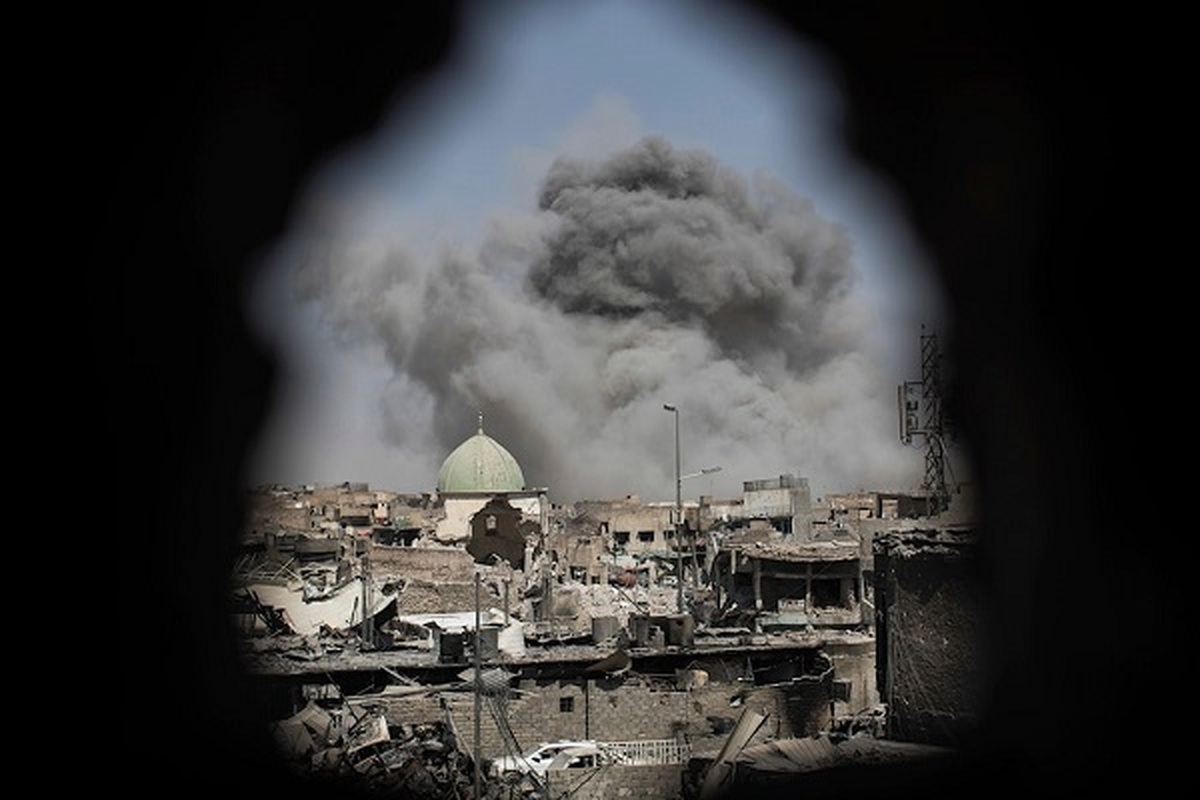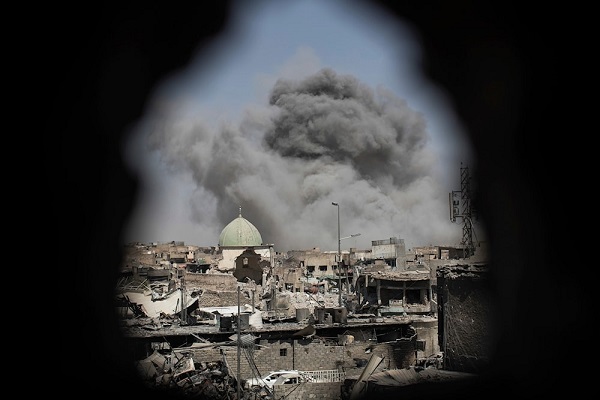Bombs Planted by Daesh Found in Iraq’s Mosul Mosque


The bombs, which had been put there years earlier by the Daesh (ISIl or ISIS) terrorist group, were discovered during restoration work by UNESCO.
Five "large-scale explosive devices, designed to trigger a massive destruction of the site," were located in the prayer hall on Tuesday per a representative for the agency to AFP.
The restoration work was being done at Mosul's Al-Nuri mosque and the adjacent 12th-century minaret nicknamed Al-Hadba or the "hunchback" which were destroyed by Daesh.
In a statement, UNESCO said, "The Iraqi armed forces immediately secured the area and the situation is now fully under control," noting that one bomb was diffused, but four others "remain connected to each other" and are expected to be cleared in the following days.
"These explosive devices were hidden inside a wall, which was specially rebuilt around them: it explains why they could not be discovered when the site was cleared by Iraqi forces" in 2020, UNESCO added.
The discovery has been confirmed by the Iraqi General Tahseen al-Khafaji, who is the spokesperson for the Joint Operations Command of various Iraqi forces and who identified them as "several explosive devices from Daesh terrorists in Al-Nuri mosque."
Read More:
The Al-Nuri mosque is the location where then leader of Daesh Abu Bakr Al-Baghdadi proclaimed the establishment of the "caliphate" in July 2014.
Daesh proclaimed Mosul their "capital" in 2014 before they were driven out three years later by Iraq's Popular Mobilization Units (PMU) in 2017.
Source: english.almayadeen.net



